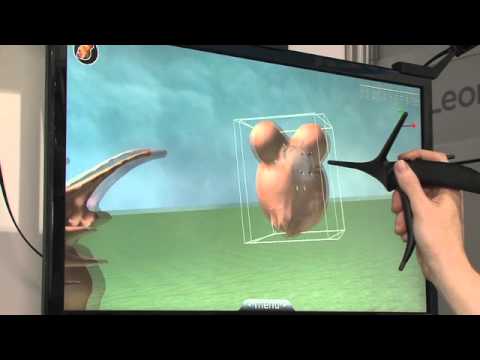Sleeping in Space: Overcoming Unique Challenges for Astronauts
Summary
Sleeping in space is a crucial and unique experience for astronauts to carry out their jobs efficiently. A former NASA astronaut, Mike Massimino, explains the differences between sleeping on Earth and in space. Astronauts face unique challenges regarding sleep on space missions. Their sleeping space is critical to maintain their balance and prevent nausea. They bring items from home to personalize their sleep area, and it is important to have a comfortable and private space that enables quality sleep.
Table of Contents
- How do astronauts sleep in space?
- What is the difference between sleeping on the space shuttle and the International Space Station?
- Do astronauts get formal training on how to sleep in space?
- What do astronauts wear when sleeping in space?
- How do astronauts track their sleep patterns in space?
- Is it possible to have a good night’s sleep in space?
- How does sleep affect astronauts’ ability to carry out their jobs efficiently?
- What role will sleep play in future space missions?
- What are the challenges of sleeping in space?
- How can astronauts personalize their sleeping spaces?
Q&A
How do astronauts sleep in space?
Astronauts sleep in space by attaching themselves to sleeping bags that are mounted to walls or another surface. They can use either Velcro or other hooks to keep their sleeping bags in place. Astronauts typically use sleeping bags because there is no bedroom on the space shuttle or the International Space Station.
What is the difference between sleeping on the space shuttle and the International Space Station?
The primary difference between sleeping on the space shuttle and the International Space Station is the availability of private sleeping areas. On the space shuttle, crew members set up sleeping bags in different places, such as near the windows or on the walls. On the International Space Station, crew members have their own private sleeping station that is similar to a closet.
Do astronauts get formal training on how to sleep in space?
No, there is no formal training on how to sleep in space. However, NASA tracks crew members’ sleep patterns to ensure that they get enough rest. Additionally, astronauts must learn to adjust to the unique conditions of sleeping in space.
What do astronauts wear when sleeping in space?
Astronauts typically wear gym shorts, t-shirts, socks, and wool hats while sleeping. If the temperature is colder than usual, astronauts may add sweatpants and sweatshirts to their sleeping attire.
How do astronauts track their sleep patterns in space?
NASA uses a device called the Actiwatch, which measures an astronaut’s movements to track their sleep patterns. Astronauts wear the watch on their wrist and keep it on even when they exercise.
Is it possible to have a good night’s sleep in space?
Initially, it can be challenging to sleep in space, but once one gets used to it, it can be the best sleep one has ever had. The environment in space is free of distractions such as noise or light, and astronauts do not need to worry about waking up from an uncomfortable position. Personalizing their sleeping space with familiar items can also help astronauts get a good night’s sleep.
How does sleep affect astronauts’ ability to carry out their jobs efficiently?
Sleep is essential to one’s health, and it affects an astronaut’s ability to carry out their duties. Poor sleep can lead to decreased cognitive function, slow reaction times, and negatively impact astronaut’s mood and morale. NASA tracks crew members’ sleep patterns to ensure that they are well-rested during their missions.
What role will sleep play in future space missions?
As missions to Mars or beyond are inevitable in the future, sleep will play an even more crucial role in space travel. Ensuring that astronauts are well-rested will enable them to carry out their jobs efficiently and minimize the risk of accidents caused by poor judgement or decision-making.
What are the challenges of sleeping in space?
One of the biggest challenges of sleeping in space is the lack of gravity. Astronauts do not rely on their vestibular senses, which work on gravity, acceleration, or other Earth’s forces. Therefore, maintaining balance in their sleeping space is critical to prevent nausea. Additionally, the temperature in the spacecraft is typically colder than on Earth, and astronauts must wear appropriate clothing to stay warm.
How can astronauts personalize their sleeping spaces?
Astronauts can personalize their sleeping spaces by bringing items from home, such as stuffed animals, toys, or books. Personalizing their sleeping space with familiar items can help astronauts feel more at ease in a new environment. Additionally, astronauts can customize the light and sound in their sleeping space to make it more comfortable.
Conclusion
Sleeping in space is a unique experience that requires adjustments to one’s usual sleeping routine. A comfortable and private sleeping space is crucial for astronauts to ensure they get enough rest to carry out their duties efficiently. Personalizing their sleeping space with familiar items and customizing the light and sound can also help astronauts get a better night’s sleep. As space travel progresses and astronauts take longer missions, sleep will play an even more crucial role in ensuring the safety and well-being of astronauts.







